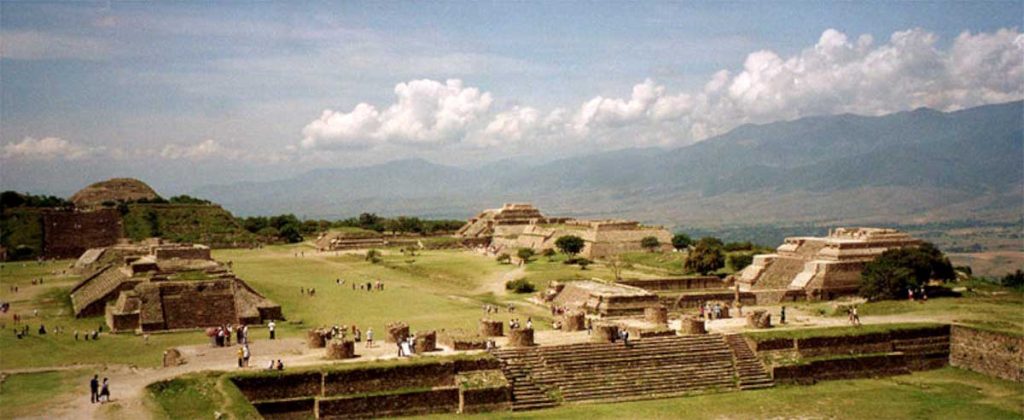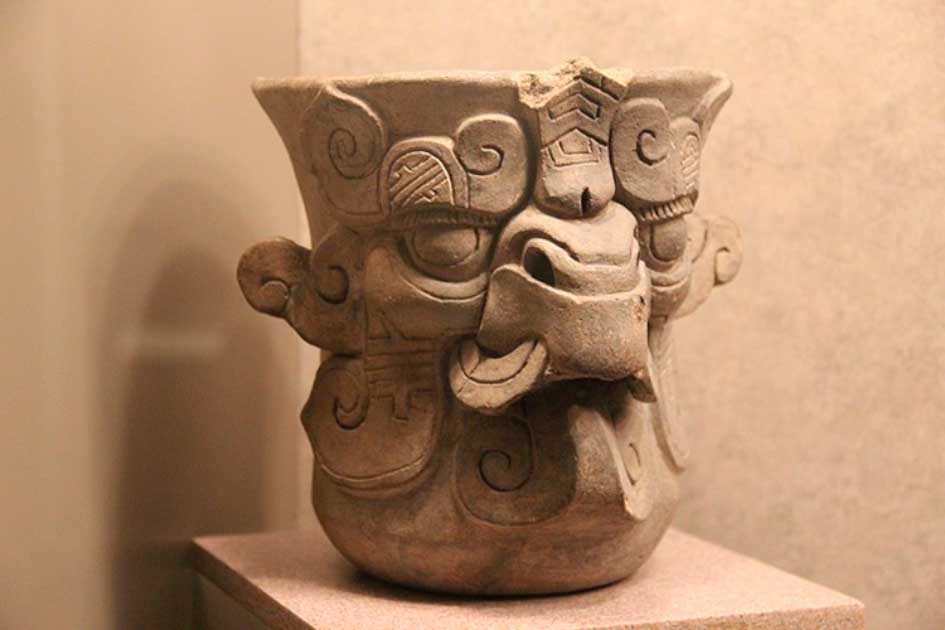None of the pre-Columbian Mesoamerican civilizations loom so large in the pages of history as the Aztecs or the Mayans. However, in truth there is an element of colonial bias in this assignation of importance to these two civilizations alone: it is true that they were great, but that is not the whole picture.
As with the Inca in the south, these civilizations are seen as the great cultures of the American continents today because they were the ones that the European explorers encountered. This view of the Americas is not a settled and established situation, but a snapshot of a moment in time given undue importance because history, after all, is written by the winners.
There are other, older great civilizations the world knows comparatively little about, and one of the significant yet lesser-known civilizations is the Zapotec. There is a chance that you may be hearing this name for the very first time. In that case, you would want to know who were the Zapotec? What made Monte Alban so special? What influence did they have on the civilizations that followed?
The Zapotec
The Zapotec, also referred to as the “Cloud People”, lived in the southern highlands in the Valley of Oaxaca in what is modern day Mexico. They were an ancient and well established civilization, inhabiting the area for some 1,400 years from 500 BC.
The capital of the Zapotec civilization, called Monte Alban, offers the first insight into the Zapotec culture and their development of large communal cities. Monte Alban, among the first major cities present in Mesoamerica, was in a central and otherwise unused zone atop a mountain in Oaxaca: it was neutral territory where the Zapotec could mingle freely.

Over time it grew into the ritual, residential, and economic center of the Zapotec civilization. It seems that the Zapotec developed the first major cities in Mesoamerica out of a need, or a desire, to come together as a people.
According to the archaeological evidence, the origin of the Zapotec culture can be traced back to at least 2,500 years ago. There are a number of legends relating to the origin of the Zapotec, but interestingly they tend to tell that these people have always been there: The Zapotec may predate almost all the major civilizations of Mesoamerica we know of, save the Olmec.
- Olmec Civilization: Their Rise, Culture and Decline
- The Toltec Empire: Cultural Appropriation by the Aztecs?
One legend tells that the Zapotec are the ancestral owners and inhabitants of the valley of Oaxaca. They are believed to have descended from big cats like jaguars, pumas, and ocelots, or else they were born from the rocks, but they fundamentally belong to that place.
However, there are other possibilities. Another notable legend is that the Zapotecs found the Toltec empire in the Oaxaca valley and, therefore, settled there. This would suggest the Zapotec were from Chicomoztoc, the mythical location from which all Mesoamericans came.
Whether they emerged from caves, from the earth, transformed from wild animals or descended from the clouds (hence “Cloud People”) it is clear the Zapotec were well established, but also mysterious to later cultures. But wherever they came from, they were responsible for much of the distinctive Mesoamerican culture that follows.
In Monte Alban, there were a number of ball courts, monumental buildings, grave goods, and magnificent tombs. The Zapotecs grew from an agricultural community, but the establishment of successful trade links with the Gulf Coast’s Olmec civilization, another strange and ancient culture, enabled the construction of the capital site at Monte Alban. The Zapotec had moved on from agrarianism and become merchants.
And the Zapotec were prolific early city builders: a number of settlements apart from the capital have been identified, as well as at least 15 palaces built for the elite. By the Late Preclassic period, the cities of the Zapotecs reflected a high level of sophistication in writing, architecture, the arts, and engineering projects.
An Influential Culture
The Mesoamerican cultures which came after owe a lot to the Zapotec. Like most of the religious systems that followed, the Zapotec were polytheists who practiced pragmatic worship to ensure the survival of their culture. Some of their most prominent deities were Coquihani, the god of light, Cocijo, the god of rain, and Pitao Cozobi, the god of maize.
Other important gods include Beydo, the god of wind and seeds, and the Bat-god, the god of fertility and corn. The deities of the Zapotecs were mainly associated with agriculture or fertility. Prayers, sacrifices, and offerings were offered to the different deities in a targeted manner in order to gain their favor.
The Zapotecs had developed a logosyllabic system and a calendar for writing, with different glyphs representing different syllables of the language. This writing system is considered to be one of the initial writing systems of Mesoamerica. It is also known as the predecessor of the writing system developed by both the Aztec and the Maya.
Archaeologists have found extended texts in this glyphic script. Some of the signs present in the extended text could be identified as calendar information. However, the script remains undeciphered.

The earliest artifact that has Zapotec writing is the Danzante stone. Officially called Monument 3, it was found in San Jose Mogote, Oaxaca. This is perhaps the earliest Mesoamerican writing anywhere, tentatively dated to around 600 to 500 BC.
The Zapotec built in stone and mortar, and the architecture of Zapotecs includes temples, plazas, palaces, as well as ball courts, all reminiscent of later cultures. The people of the Zapotec culture even had terraced fields along the hillside, using the land to full advantage as the Inca would later do.
They even had sophisticated irrigation systems in order to ensure the proper cultivation of crops. Subterranean tombs present in the city were designed to be the resting place of the royal people.
The people of the Zapotec culture made use of dedication rituals in order to sanctify their structures as well as living spaces. Excavations at the Cuilapan Temple in Oaxaca revealed a dedication cache that contained 2 jade earspools, a number of jade beads, 3 obsidian blades, and a pearl, stones, shells, and small animal bones.

These artifacts date back to 700 AD, and reveal the level of sophistication the Zapotec culture reached. Each of the materials found was symbolic of different religious concepts of the Zapotecs.
Jade was considered to be especially valuable by the people of the Zapotec culture. The obsidian blades were associated with sacrifice as they were used during the bloodletting rituals. Pearl and shells represented the underworld as they were found in the oceans. The small bird bones represented the sky.
In the much later city of Tenochtitlan, the Aztec capital, there were still Zapotec artisans who made desirable jewelry for the rulers of the Aztecs. The Zapotecs were known to be a sedentary culture living in the towns and villages, with houses constructed with mortar and stone.
Who were the Zapotec? They survive in every Mesoamerican culture that came after, and only with the arrival of the Spanish was their culture finally extinguished.
Top Image: A Zapotec jade mask of the Bat-god of fertility and corn found at Monte Alban. Source: Gary Todd / Public Domain.
By Bipin Dimri